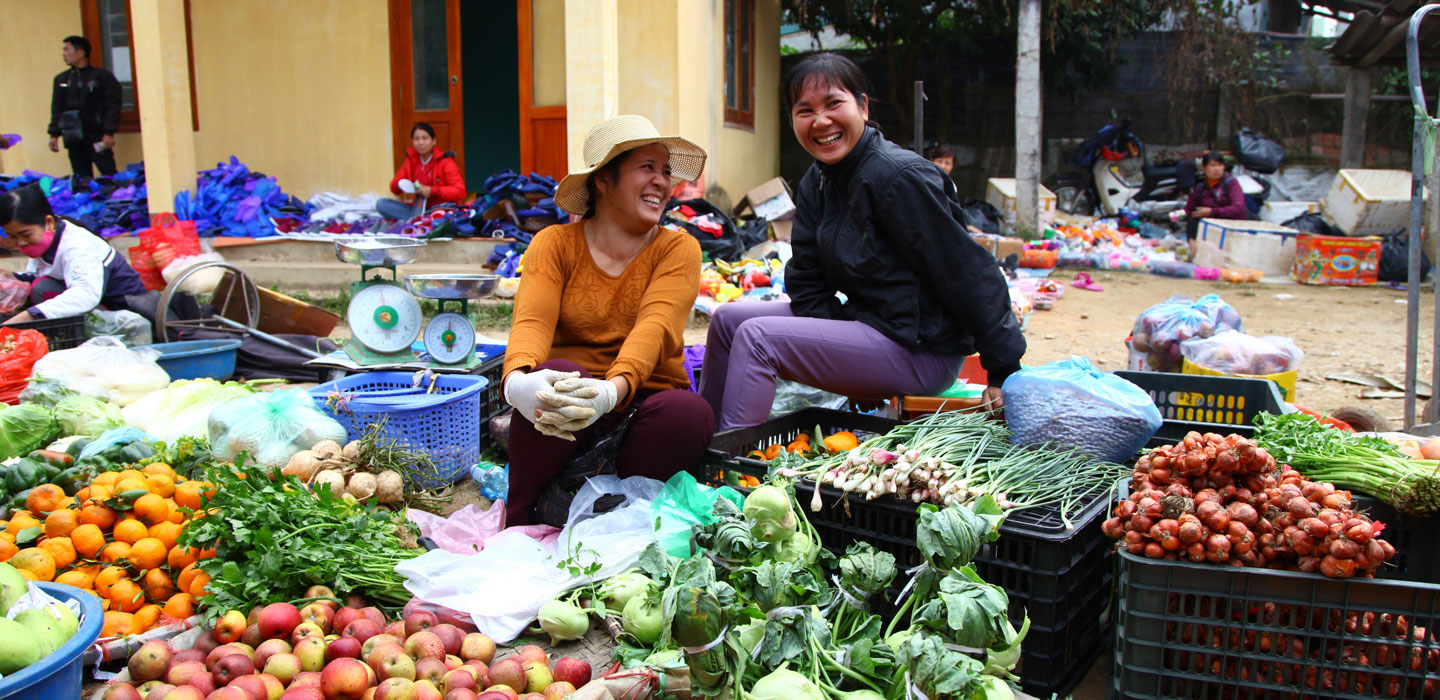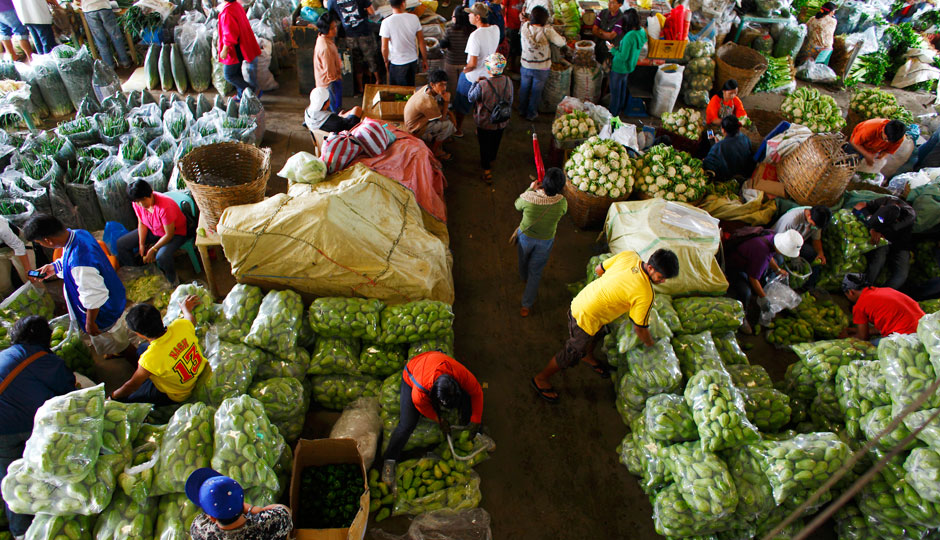Why do wet markets matter?
IFAD Asset Request Portlet
Asset Publisher

©IFAD/Susan Beccio
A “wet market” is a public marketplace where fresh produce, meat and fish are sold. The term “wet market” has often been interchanged with “wildlife market”, where caged wild species are kept and sold as food delicacies and for their medicinal properties.
Since the COVID-19 virus outbreak, much information and misinformation has been circulated about wet markets and an international rallying cry has been made for wet markets to be better regulated or even closed down. Fresh produce markets often play an important role in improved diets for poor rural communities and are often an essential venue for small-scale farmers to sell their agricultural products directly to consumers.
Over the last months, as much of the world has been in lockdown much thought has been given to the origins of the new coronavirus and how it has managed to spread so quickly. One leading theory is that the virus “jumped” from a bat to a pangolin or other wild animal which in turn was sold in a wet market in Wuhan, China. Similar theories have been reported in the past on the origin of Ebola and other outbreaks including HIV-AIDS. Epidemiologists note patterns that are emerging: a rapidly growing population encroaching on forests and other natural habitats; farm animals and humans coming into closer contact with wildlife; and intensive livestock systems, in which many animals inhabit small areas, favouring the fast spread of disease.
 |
| ©IFAD/GMB Akash |
Wet markets are an important source of food for rural people, especially the poor. In wet markets, a wide variety of fresh and nutritious food can be purchased at affordable prices. The food is mainly sourced from local farmers. In Vietnam, and probably in many other countries, rural people and poor urban people consider “freshness” a valued feature as it is also associated with the food being of high quality and safe to eat. Meat, in particular, is of higher value if it is “warm” as it means the animal has been slaughtered on site in the early morning hours.
Moreover, wet markets offer a higher diversity of fruits, grains and vegetables as compared to supermarkets. This is because the food is sourced locally while supermarkets procure high quantities of a limited number of products and goods from large wholesale markets, storing these goods in cold storage, often for long periods of time.
What about hygiene and food safety?
Certainly, one problem of wet markets is maintaining hygiene and food safety standards. Often animals are slaughtered in the market itself and near the common areas where the public also shops. This may mean that the meat is being kept in poor hygienic conditions. There are often no cooling facilities and a lack of appropriate equipment including clean knives and cutting surfaces. The treatment of effluents from animal slaughter bears a significant hygienic risk to the environment and human health.
Hygiene in markets is essential. Traditional wet markets must commit to serve their customers safe and fresh food from local producers. IFAD has invested in improving rural markets. Very successful examples can be visited in Bangladesh, where the Market Infrastructure Development Project in Charland Regions and the Coastal Climate Resilient Infrastructure projects improved the market infrastructure and enhanced the hygiene standards. Infrastructure alone is not sufficient. Policies and standards must be issued and implemented to warrant the existence of wet markets as safe food providers for the rural people and the poor.
Are supermarkets and wet markets in competition?
In urban areas, wet markets and supermarkets co-exist, while in rural areas, wet markets are often the sole source of food supply. Both market types have advantages. Supermarkets implement better hygienic standards and can track the sources of their supplies in case something goes wrong. However, not all customers trust the freshness labels in supermarkets. These customers prefer the vendors in the wet market whom they know and trust, often over several years. Prices are usually lower in wet markets too. Hence, it is easier for poor people to afford fresh and nutritious food. Also, in remote rural areas of developing countries, alternatives to wet markets such as supermarkets simply do not exist.
There is no need to close wet markets but we do need to make them safe, employing the appropriate infrastructure and equipment, and implementing hygiene and environmental standards and policies. A very important law would certainly be to forbid the hunting and trading of wild animals.
Poor people need to have access to affordable and nutritious food. In the rural areas of developing countries, wet markets are often the only place where people can afford to purchase nutritious food. Local farmers, especially women, are dependent on selling their produce in local markets. Families need this income to pay for clothing and school fees for their children, cover medical expenses and purchase other essential items. Though closing wet markets is not a solution, prioritising health and safety standards in rural markets is a good place to start.
Publication date: 05 June 2020